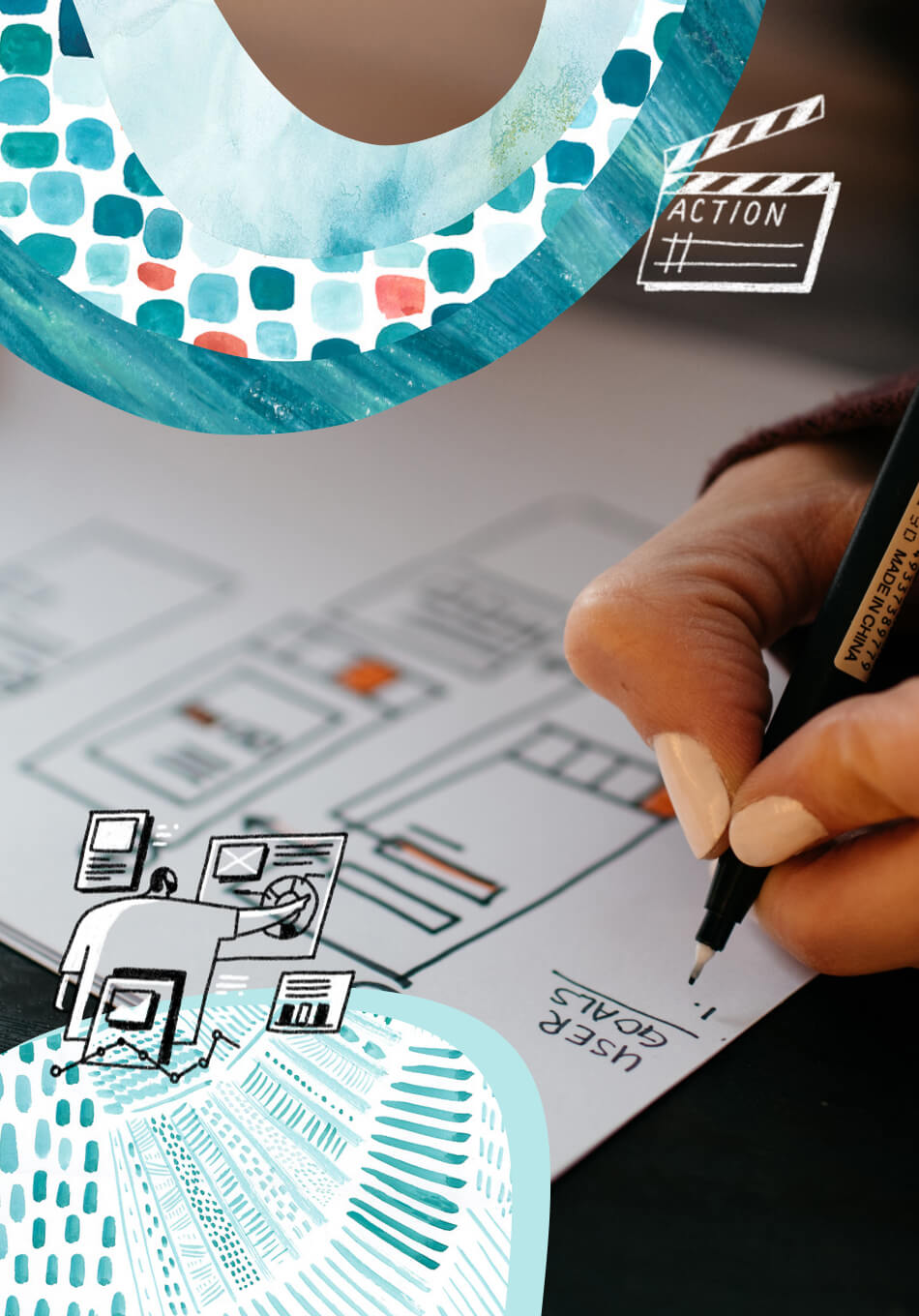In late July, I was fortunate enough to join User Interviews as the first VP of User Research. During my first 30 days, I crafted a research strategy that gave me time to understand the current state of the business. At 60 days, I turned my learnings into a vision for our best-in-class research practice.
In this third article, I’ll dive deeper into how I’m balancing the role of player and coach as I continue to build and grow our user research team and lead strategic projects.
Welcoming a new member to the team
As a research leader, I decided to make a foundational bet on research operations for our team. Since research was already being led by non-researchers, it was imperative to develop repeatable systems and strategies that would enable research to take place at scale.
Research ops includes everything from developing enablement materials around best practices, purchasing user research tools, and exploring solutions for insight management.

In my past experience, research operations was simply a component of my full-time role as a researcher. While this gets the job done, the outcomes for researchers and research operations leaders differ, as do the skills required to achieve those outcomes.
That's why I was so absolutely thrilled to welcome and onboard our first hire, Lily Aduana—a Research Operations Manager!
Digging deeper into strategic projects
With Lily focused on reducing friction around conducting research and sharing insights across the company, I could shift my focus to leading research that could inform User Interviews’s long-term vision and strategy.
My initial onboarding conversations with the team revealed an opportunity for research to inform future development of the Hub product. In particular, the team wanted to understand the customer segments that had adopted Hub so far, as well as their core use cases.
I used our decision-driven research framework to approach this work:
- Prior to kicking off the study, I dug into existing data that we had around Hub. Next, I got others involved in scoping the project and held a kickoff brainstorm session to tease apart facts, opinions, and guesses around the product.

- With a better idea of what was known and unknown, I put together a research plan to get some of our core questions answered. The plan focused primarily on generative research.
- From there, our team went out and gathered findings related to our core questions. In total, I interviewed 17 researchers over 20 days. I was lucky enough to have team members help each step of the way, acting as observers and notetakers during sessions. I also shared insight nuggets over Slack to keep our team informed along the way.
- As you can imagine, 17 interviews resulted in a large amount of data. The final stage of this work was to synthesize and reflect on everything we had learned. Due to the timing of the project, we had a hard deadline for completing our synthesis so we could share our findings at our upcoming company retreat.
- It was an all-hands on deck moment and our newly-minted Research Manager helped me read through interview transcripts, do segmentation analysis and create highlight reels.
The end result was one of my proudest moments as a researcher. At the retreat, we not only shared our findings with the entire team but were able to see them reflected in the 2022 company and product strategy!
Since this was the first large-scale research project focusing on Hub, we ended up with more questions than answers. Moving forward, we’re continuing to dig deeper on how to make Hub a delightful experience for our customers.
Balancing being a player and coach
After my first 90 days with User Interviews, it's becoming more and more apparent that I’m hitting my bandwidth as a research leader.
I am finding it difficult to context switch between player and coach. I need to juggle providing coaching and feedback to not only our new Research Operations Manager but also people who do research (PM/PD/Marketers) across the team—along with leading the large strategic research projects that are essential to my role.
I’ve been putting together a few things to help with this:
- Company-wide foundational workshops to help educate others about research.
- A research playbook that includes best practice tips and templates.
- Office hours to provide personalized coaching to people who do research on the team.
- And even a research hotline Slack channel to offer in-the-moment responses to any question around research.

I’m looking forward to sharing all of the new learnings we encounter as we continue to scale the team!
User Interviews is hiring!
Come join me! Our kickass team of curious humans is growing. Read more about the company and browse our open positions.




















